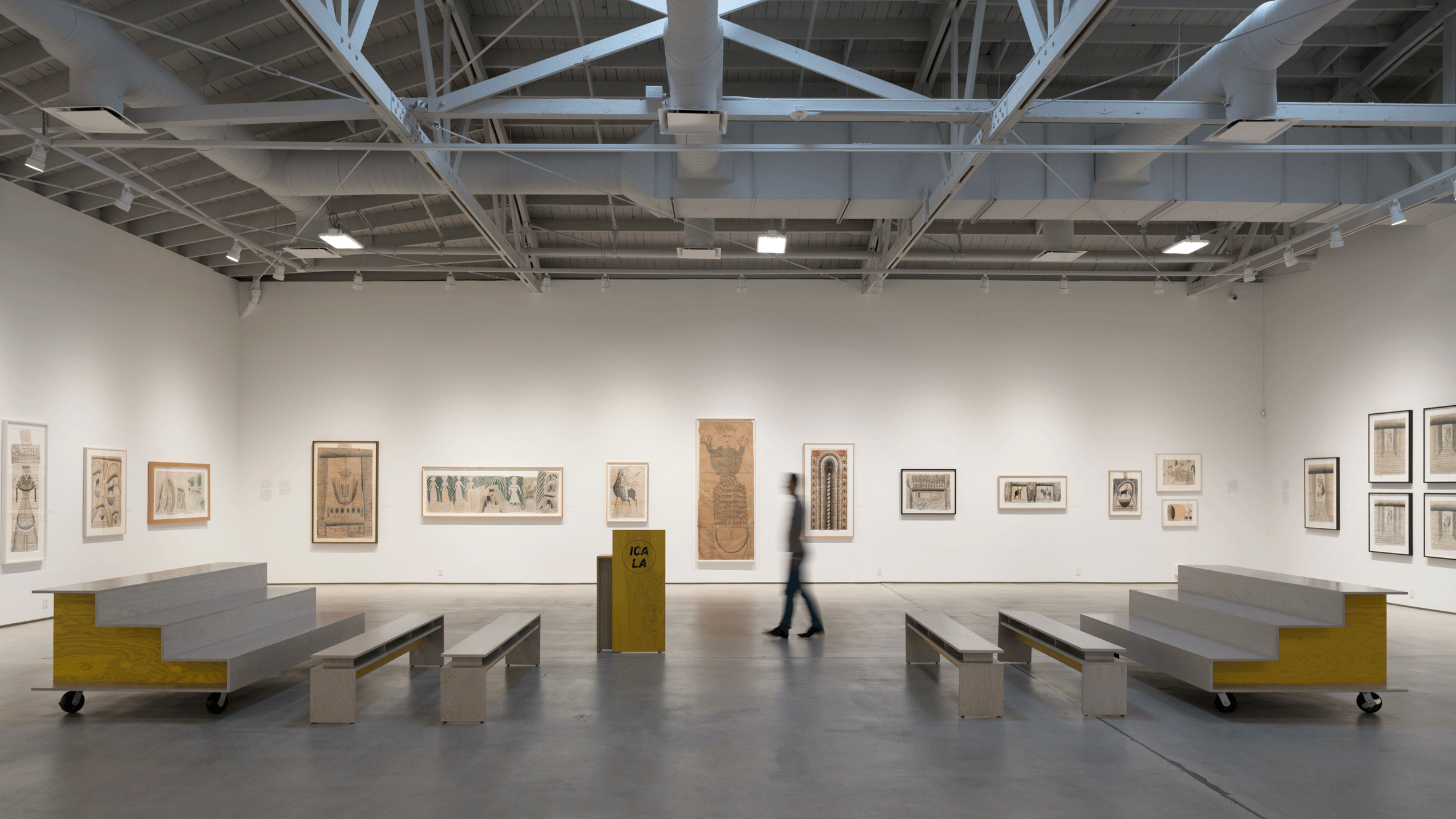
"I'm a matchmaker between art and people" says Kulapat Yantrasast
Thai architect Kulapat Yantrasast was recently chosen to oversee a major renovation of galleries at The Met in New York. In this exclusive interview, he explains why he designs art spaces to be more than white boxes, and credits mentor Tadao Ando for providing a "true education".
Yantrasast, who runs architecture firm wHY, has gained a reputation for creating major arts spaces in the US – with a portfolio that includes galleries at the Art Institute of Chicago, and the David Kordansky Gallery in Los Angeles.
This experience made him an obvious for the Metropolitan Museum of Modern Art project. But Yantrasast believes his ability to create spaces that are unique to the works on show – rather than plain blank backdrops – was key to his appointment.
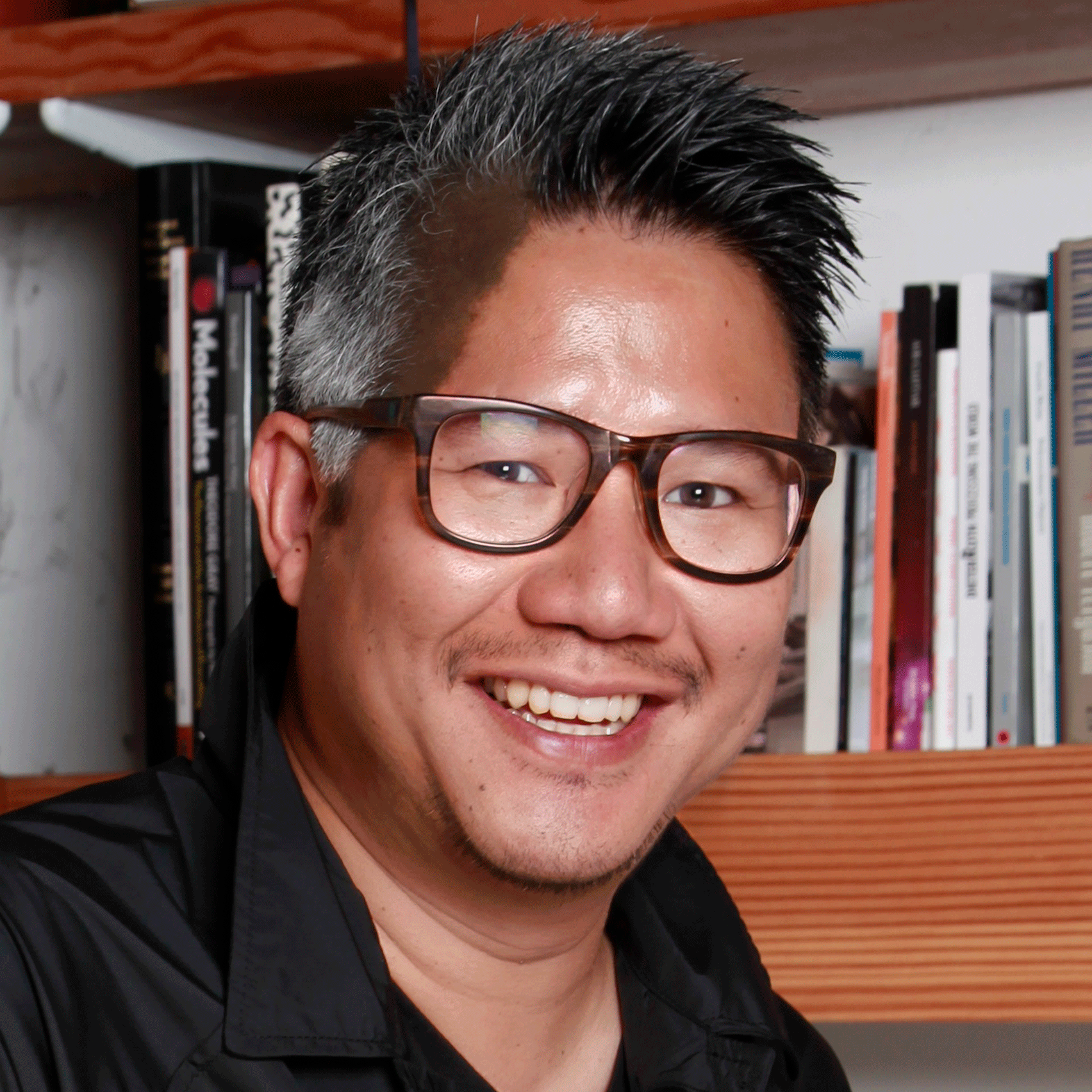
"I really see myself as a matchmaker between art and people," the Los Angeles-based architect told Dezeen.
"I want to create space that is not a white box. It's a space that lets the art breathe, [gives] a sense of where you are, a sense of place, whether it's the art, or the context of the city, it's a part of your experience."
Yantrasast's design will "respect and enhance" historic Met
The $70 million (£54 million) project at The Met will involve transforming the Micheal C Rockefeller Wing, where it hosts its Arts of Africa, Oceania, and the Americas (AAOA) department.
In Yantrasast's redesign, each region will have a dedicated space featuring architectural details based on the different vernaculars, also intended to complement the existing Fifth Avenue building.
"The relationship from floor, to wall, to ceiling in the new Rockefeller Wing respects and enhances the parti of the spatial organisation seen in the historic spaces of The Met, but integrates the sense of place of the collection's three regions," he said.
Another example of Yantrasast's anti-white box approach is his recent transformation of a 19th-century building in New York's Tribeca neighbourhood into a space for design gallery R & Company.
"It's definitely not a white box, it's more like a museum," said the architect, who spoke with Dezeen both before and after the news of The Met appointment.

The David Kordansky Gallery, which the firm completed in 2014, is also a "standout" project for the architect, alongside his other West Coast commissions.
These include the "elegant and accessible" Christie's Auction house in Beverly Hills, the Institute of Contemporary Art Los Angeles, and the Marciano Art Foundation of Los Angeles – for which he converted an abandoned temple.
Working with Tadao Ando was Yantrasast's "true education"
Born in Bangkok, Thailand, Yantrasast first gained a degree at the country's Chulalongkorn University. He then moved to Tokyo aged 20 to complete a masters and PHD in architecture.
But he credits the eight years spent working with renowned Japanese architect Tadao Ando as his most valuable training.
"It was a true education, not only in architecture but in philosophy, for how you project philosophy to your work, and how you live your life," he said. "All of that is very much what I learned from him."
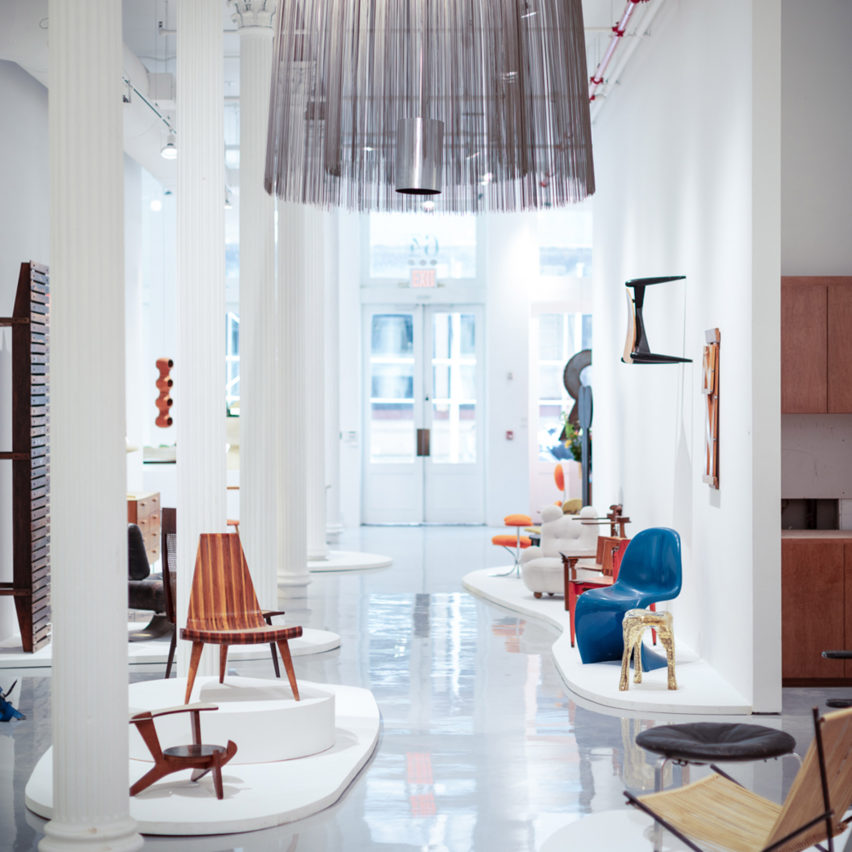
The architect worked on a number of large projects at Ando's firm, including museums and galleries like the Modern Art Museum of Fort Worth, Texas.
"We had a very close relationship, travelled together all the time," Yantrasast added. "I was a very big part of that brand for a long time, working in the background."
While remaining close friends, Yantrasast branched out from Ando and moved to America, where he set up wHY in 2003. He said he was on the hunt for new challenges.
"In Japan, I felt everyone is looking the same, dressing the same way, consuming the same media, everything was in this designed rarefied world," Yantrasast said.
"My Thai roots started to come in," he continued. "I wanted diversity, I wanted smells, I wanted all of that so I came to America for that reason."
Read on for an edited transcript from our interviews with Yantrasast:
Eleanor Gibson: Why do you think that you were selected for The Met project?
Kulapat Yantrasast: The team at The Met visited our previous works at the Harvard Art Museums and at the Art Institute of Chicago; I believe something must have spoken to them about the clean-line aesthetic, focus on the collection, and its installation.
Our design for both projects utilises casework that is easy to operate, while showcasing the art objects in their best presence.
Eleanor Gibson: What is the concept for Africa, Oceania and the Americas galleries design? Are there any details you can reveal?
Kulapat Yantrasast: The concept is to create clear and distinctive portals and presence for the three regions of the wing: arts of Africa, Oceania and the Americas. These areas altogether cover more than three quarters of the world, yet there is not sufficient distinction given to them in most museum presentations. In the new design, each region has its own access portal and its own sense of place – inspired by an architectural impression of the region, as well as strong visual connection to other regions and other collections at The Met.
It is a personal joy to work with great artists and curators
Eleanor Gibson: How does it reference The Met building?
Kulapat Yantrasast: The architecture of The Met's historic, and multiple, generations of architecture were taken into consideration. From the dome of the Great Hall to the vault ceiling of the Greek and Roman Galleries. The relationship from floor, to wall, to ceiling in the new Rockefeller Wing respects and enhances the parti of the spatial organisation seen in the historic spaces of the Met, but integrates the sense of place of the collection's three regions.
Eleanor Gibson: You've completed a number of galleries and arts spaces, why do you choose to work in this field?
Kulapat Yantrasast: I love art and I love discoveries. Art is one of a few things left that truly allows us to see the world in a new way every time we encounter a new artwork, a new concept. It is a personal joy to work with great artists and curators, beyond being a lifelong passion and lesson for me.
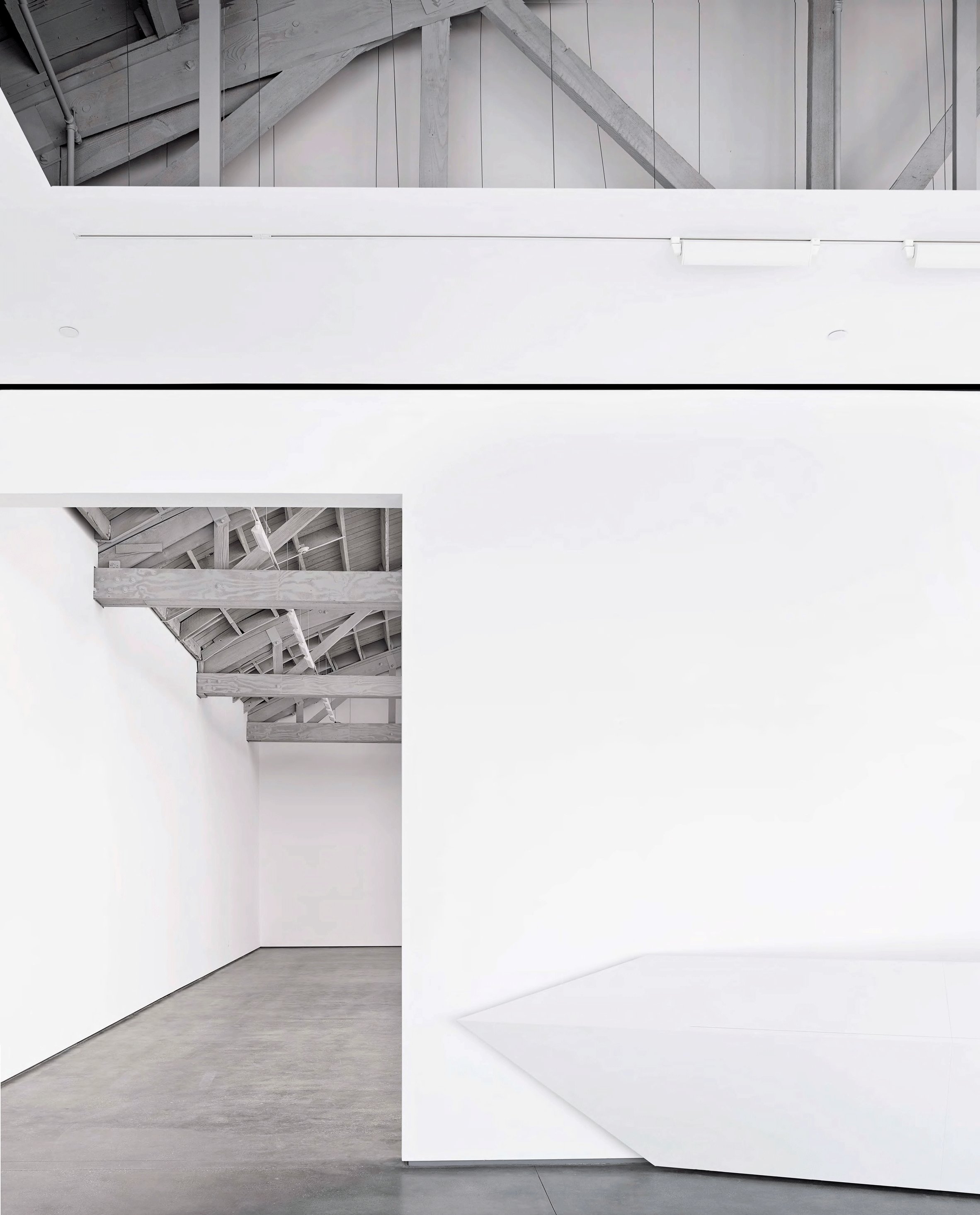
Eleanor Gibson: Have there been any highlights from other galleries you've designed?
Kulapat Yantrasast: I think the David Kordansky Gallery in LA. The programme is very strong and the building really supported the programme, so it's a good synergetic relationship to the architecture and the art programme there. That has stood out for most people.
We have since designed buildings for Christie's Auction house in Beverly Hills, which is more elegant and accessible, and people love the building too.
Two recent projects we did are the Marciano Art Foundation in Los Angeles, and that's the conversion of an old Masonic Temple – 120,000 square feet into the art, and the element of play between all of these is really quite successful for me, and the spaces are nice.
Then we finished the Institute of Contemporary Art Los Angeles, which opened last September.
The white box has reached its peak
Eleanor Gibson: What have been your key takeaways from these projects?
Kulapat Yantrasast: I really see myself as a matchmaker between art and people. I want to create space that is not a white box, it's a space that lets the art breath, a sense of where you are, a sense of place, whether it's the art, or the context of the city, it's a part of your experience. At the same time I want to make sure that we have wonderful and good times, the art looks good, people feel comfortable and feel in a good space.
I feel that the white box has reached its peak. And even before, the limitations of isolating art from life and art from context, which becomes a problem in understanding art. So yes in general when I do art spaces I try to not stop life from happening.
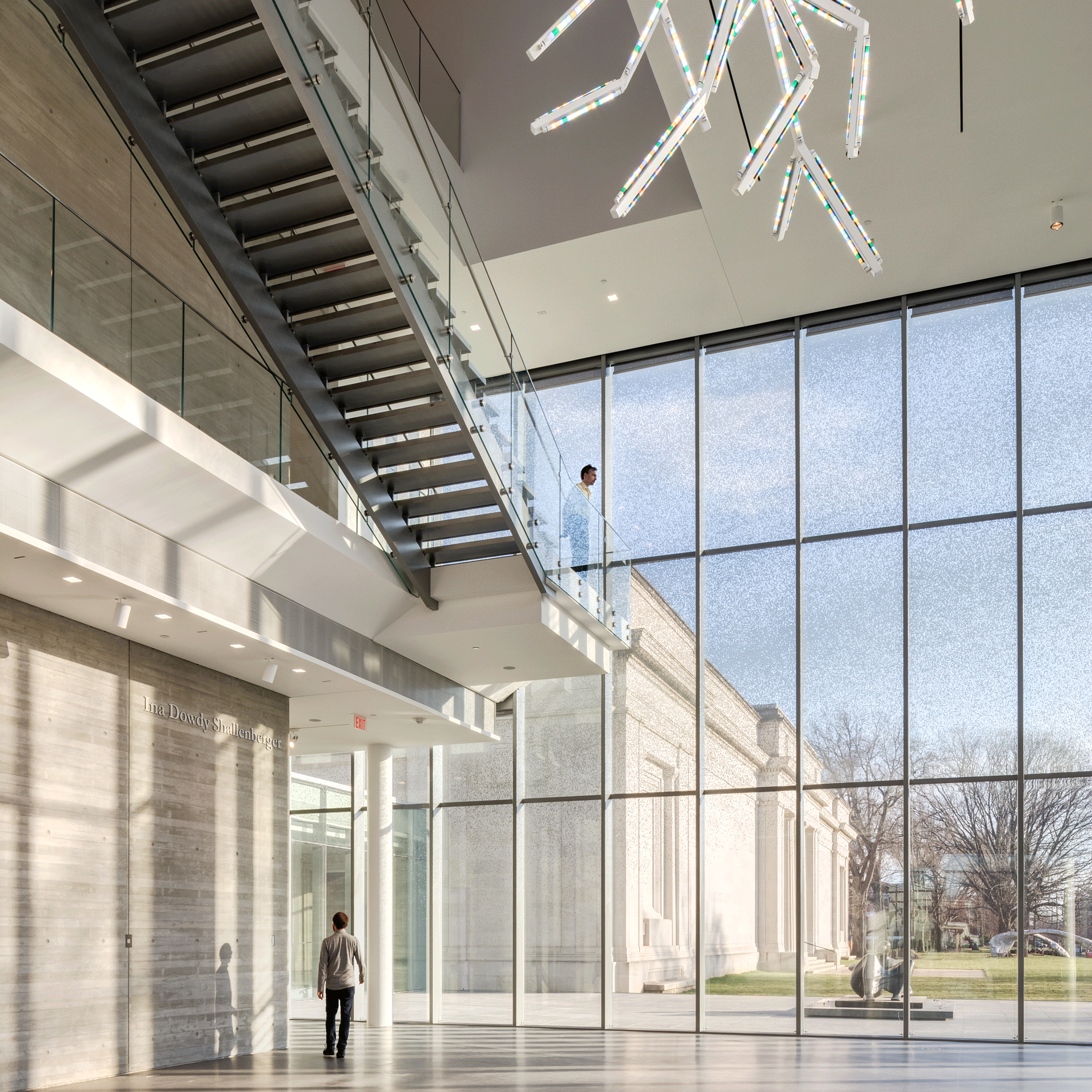
Eleanor Gibson: You spent some time working with Tadao Ando, could you tell me about that?
Kulapat Yantrasast: Yes thank you. I was born in Thailand, and moved to Japan when I was 20. Eight years of that was with Ando as my mentor. Before that ,I finished a masters and pHD programme in architecture, and then I met Ando so I went to work with him for eight years.
It was a true education, not only in architecture but in philosophy, for how you project philosophy to your work, and how you live your life, all of that is very much what I learned from him. We had a very close relationship, travelled together all the time, I lived very close to him, so we had the full on mentoring that I received.
For Ando it's really about a clarity of thought
Eleanor Gibson: What do you still refer back to from that time?
Kulapat Yantrasast: I think for Ando it's really about a clarity of thought. A big aspect of his work is the clarity of the structure, the parti diagram that's very important, and how in a way his architecture is an abstraction of culture, interact with nature, whether it's nature in the greenery of water, nature in the light and air, I think is the quality that really attracted me to it.
I was also a very big part of that brand for a long time, working in the background. And then I felt it's great but I need something else, which is when I decided to move from Japan to America.
Eleanor Gibson: How was that transition?
Kulapat Yantrasast: It wasn't difficult, there were just more surprises than I thought.
When I was working with with Ando from 1996-2003, I used to come to America 10 times a year. So I felt exposed to the city and to the people here, part of the reason I moved to America was because of the diversity. In Japan, I felt everyone is looking the same, dressing the same way, consuming the same media, everything was in this designed rarefied world.
My Thai roots started to come in. I wanted diversity, I wanted smells, I wanted all of that so I came to America for that reason.
When I actually lived here, I realised that those diversities and varieties come with lessons that you need to be able to overcome, they are anything from politics, to agenda, to egos, they come with diversity. In order to overcome is much more difficult than to create a unity out of similarities. To get a unity out of diversity is so complex and so difficult, but I've felt that the way the world is moving towards, I was curious about it. It took me a longer time than I thought to understand what it was about and to incorporate that kind of diversity.